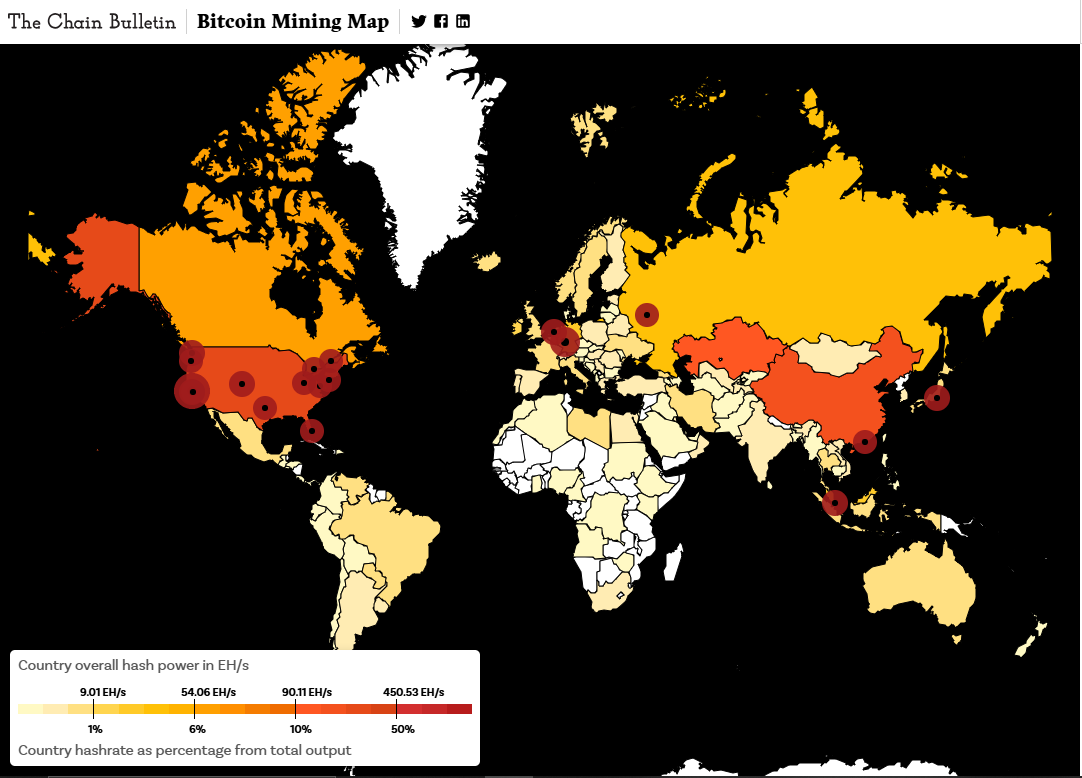Key Insights
- Trump’s new reciprocal tariffs are raising the cost of mining equipment. This is a problem that is affecting US BTC miners.
- There is also an ongoing rise in import duties, which may lead to an exodus of mining operations overseas.
- Domestic manufacturing is rising, but even this is facing supply chain issues.
Trump’s new wave of tariffs has hit the financial markets hard. However, US-based Bitcoin miners could be feeling the heat too. These tariffs aim to correct what Trump describes as “decades of unfair trade.”
However, they have ripple effects that continue to hit the crypto industry. The new trade rules took effect on August 7. They have targeted more than 90 countries and have massively increased the cost of importing mining equipment.
Even though these tariffs are not aimed at crypto, the sector continues to suffer consequences by extension.
BTC Miners Brace for Impact
The tariffs include a hefty 19% rate on Application-Specific Integrated Circuits (ASICs). The ASICs most affected by this development include those from major manufacturing countries like Indonesia, Malaysia, and Thailand.
When additional standard duties are added to the mix, the effective tariff rate for these nations shoots up as high as 21.6%.

The situation is even worse for China, another major ASIC producer. While the baseline tariff is 10%, the additional 20% premium brings the total to 57.6%.
This figure is lower than earlier proposals. However, they are still making the US one of the least attractive places to import mining hardware.
Domestic Manufacturing Is Growing, But…
U.S. miners and ASIC manufacturers are taking an alternative route to counteract the cost hike. For instance, Luxor Technology is helping clients secure machines through onshore production partnerships. This includes a domestic assembly deal with MicroBT, a Chinese mining rig giant.
However, entirely manufacturing mining rigs in the US will take time before becoming competitive enough to bypass these tariff issues. Because of this problem, US-based miners are considering expansion into other countries like Canada, Northern Europe, and Latin America.
These countries have lower import duties and, in some cases, cheaper electricity. This means that they offer better margins in terms of profit and maintainability. This is especially true considering the recent Bitcoin halving and its harsher economics.
Other Regions That Could Take Over Bitcoin Mining Dominance
Russia, in particular, could benefit. According to industry analysts, the country can procure machines more cheaply. It is already attracting capital from China and the West. Over time, miners will exit the us by the numbers, and completely change the hashpower map.
Per The Chain Bulletin data, the US is the world’s mining superpower. It has a combined hashrate of 340.96 Eh/s.

However, it is followed by other regions like Kazakhstan and China with 119 Eh/s and 190 Eh/s, respectively. Russia, on the other hand, holds just 4.66% of the world’s hashrate. It is compared to the US’ 37.8%, Kazakhstan’s 13.22% and China’s 21.11%.
However, the rotation of capital from the US to Russia is already happening. It has a real chance of gaining more of the world’s mining dominance if current trends persist.
U.S. Miners Selling Off or Scaling Down
The consequences are already visible. Greenidge Generation, a Nasdaq-listed miner, recently announced that it is selling its Mississippi facility just one year after launching.
Despite earlier plans to expand the site, the company faces financial pressures and tariff-related challenges. These are pushing it to sell.
Many miners who purchased equipment during the 2021 boom face serious consequences. Post-halving hash prices are still low, meaning miners earn less for the same hashrate.
When combined with the tariff-induced hike in hardware prices, the situation is becoming unsustainable for some.

